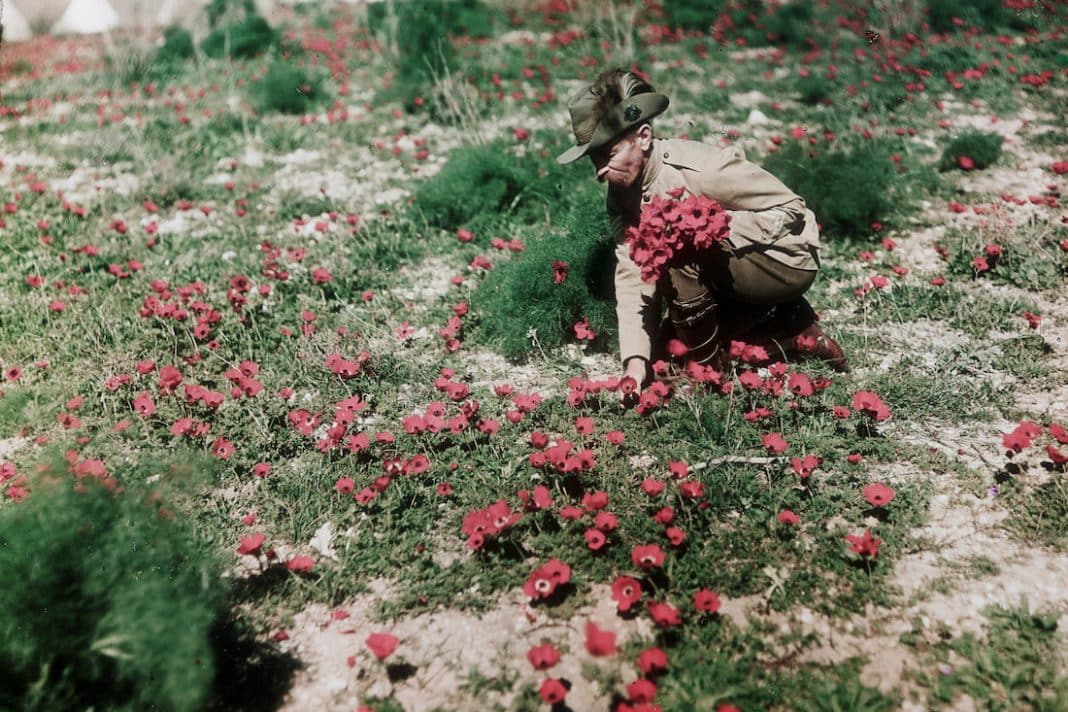There’s a terrible truth behind historic images of pretty red poppies dancing in the battlefields of World War I.
If not for the nitrogen in the bombs that tore up the landscape, and in the blood of slain soldiers, they would never have bloomed in such numbers and become an enduring symbol of remembrance
Griffith University Professor Catherine Pickering is a botanist who spends much of her time lecturing students about the physiology of plants, but also about how they are valued by society.
In the case of the red poppy, its war-time symbolism is a long and fascinating intersection of biology and history ignited by the heart-wrenching 1915 poem, In Flanders Fields.
It was penned by Canadian officer and surgeon Lieutenant-Colonel John McCrae, who had not long beforehand officiated at the battlefield funeral of his good friend Alexis Helmer, who was killed by a shell near Ypres in Belgium.
“In Flanders fields the poppies blow, Between the crosses, row on row,” the poem begins.
The blooms he was writing about were the first to flower on the battlefields of Belgium and northern France, where fighting had laid waste to the land.
The devastation created ideal conditions for red poppies, a fast-growing annual species that produces lots of seeds that can lie dormant for about a century.
When disruption arrives, it thrives.
“It was found in the fields of Europe but not in very high densities before the war,” Prof Pickering explains ahead of Anzac Day commemorations.
“But because of the first World War, and the enormous destruction, the loss of vegetation, the digging of trenches, the exploding of bombs, that meant the seed that was in the soil got dug up, exposed to light and then germinated.
“And then the terrible part is that it also benefited from nitrogen. Partly from the exploding ordinance, there’s nitrogen in those, but also the blood-soaked fields.”
When the fighting moved on, and people returned to areas that had seen hellish fighting, they found fields of blooms.
“The bright red was an association of the sacrifice and the blood but they are also very transient. Individual flowers only last a single day, and that’s the idea of young life, cut short.”
The ephemeral nature of the blooms forced people to be creative.
If the real thing couldn’t be had at memorial events – picked blooms will also drop their petals almost immediately – then they would have to be made by hand.
And so they were. At first in France in the early 1920s. From silk.
And now all over Australia, New Zealand, the United Kingdom, and the United States to mark Remembrance Day and Anzac Day.
“The act of making them is also part of that remembrance,” Prof Pickering says, along with the sale of them for the benefit of war veterans, and the families of those who don’t come home.
By Tracey Ferrier in Brisbane



